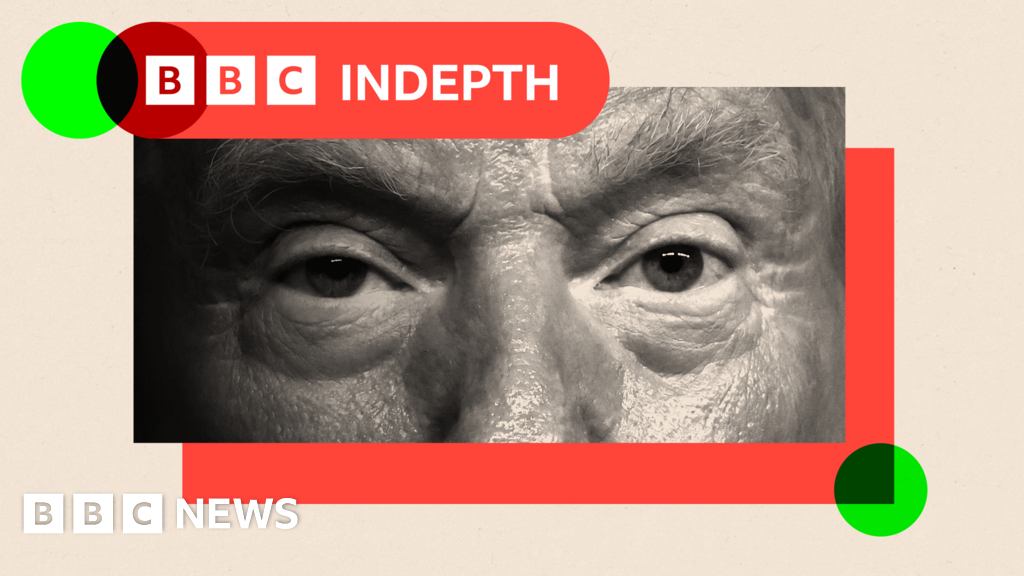Xavier Le Pichon, a French geophysicist whose pioneering model of the earth’s tectonic plates helped revolutionize how scientists understand movements of the earth’s crust, died on March 22 at his home in Sisteron, in the south of France. He was 87.
His death was announced in a statement by the Collège de France, France’s highest educational institution, where Dr. Le Pichon was a professor emeritus and had held the chair of geodynamics.
Interned in a Japanese concentration camp as a child, Dr. Le Pichon went on to forge a second career as a deep sea explorer and for a time worked with Mother Teresa in India. But it was in the field of geodynamics that he made his greatest contribution: creating, with a computer, a model of the earth’s plates that are constantly shifting ever so incrementally.
In his formulation there are six such plates, accounting “for what is essential in tectonic manifestations at the earth’s surface,” as he said in 2002, when he won the Balzan Prize, which is awarded in scientific fields not covered by the Nobel.
Plate tectonics, with its study of the earth’s surfaces, is the “framework” for understanding earthquakes, volcanoes and the earth’s long-term “climate stability,” said David Bercovici, a geophysicist at Yale; Dr. Le Pichon, he added, was one of the architects of that framework.
Professor Bercovici called him, in an email, “one of the giants in the plate tectonic revolution, especially in bringing the mathematical theory of it into practice as a truly predictive model of how the earth works.”
His work built on the theory of plate tectonics developed by the Princeton scientist W. Jason Morgan in 1967; “henceforth,” Dr. Le Pichon wrote, “tectonics entered the era of quantification.”
He was one of the first in “starting a very quantitative way of reconstructing the continents, in a way that continues today,” said John Tarduno, a professor of geophysics at the University of Rochester.
Dr. Pichon came to see the earth as “an extraordinary living being, with motions of the oceans and continents,” as he once put it — a planet that is “continuously changing, evolving.”
After years of studying the sea and its floor, including at Columbia University, Dr. Le Pichon achieved his breakthrough in the mid-1960s, during what he called an “incredibly uncomfortable” monthslong cruise sponsored by Columbia to observe a 37,000-mile long ridge in the South Atlantic and Southwest Indian Oceans.
The object was to detect seismic activity along the crest of the ridge and test the prediction made in the 1950s by another French scientist, Jean-Pierre Rothé, that the ridge straddled those two oceans. “We were going to zigzag for nine months above this famous seismic line,” Dr. Le Pichon wrote in the 2003 book “Plate Tectonics: An Insider’s History of the Modern Theory of the Earth.”
That trip confirmed it, and he went on to earn a Ph.D. at the University of Strasbourg in 1966 on the basis of that study.
“The mid-oceanic ridge thus made a triumphal entry into tectonics, and became, on a stroke, the most important structure in the world,” he wrote.
This was the early 1960s, however, and he was operating “in a world that we call ‘fixist’ — things were not moving,” as he put it in a 2009 episode of the podcast “On Being with Krista Tippett.”
“Earth was considered a place where everything was static,” he said. “Things were moving up and down but never laterally. Continents have always been there. The ocean had always been there.”
Dr. Le Pichon initially defended those notions, but he came to realize that they were incorrect. He returned from the laboratory one day and told his wife, “The conclusions of my thesis are false.”
Rather, he sensed that the American geologist Harry Hess had been correct in postulating in 1962 that the sea floor was continually expanding. There was, after all, seismic activity along the crest of the ridge. Measuring magnetic anomalies along the ridge would be key in proving Dr. Hess’s hypothesis.
Dr. Le Pichon recalled his eureka moment in the podcast episode: “I was working all the night at the computer. And one night, finally, I put everything together, and I found that Hawaii was getting closer to Tokyo every year by eight centimeters, and things like that. And when I came down for breakfast with my wife, I told her, ‘I’m going to be the most famous man on the Earth.’”
He recalled telling her: “‘I have discovered how the earth works. I really know it now.’ And I was so excited.”
His passion for what was going on beneath the oceans developed early. After growing up in what was then the French protectorate of Vietnam, he was interned with his family when the Japanese invaded during World War II.
“When I was in the concentration camp, we were on the shore of the Pacific Ocean, and I was wondering what was below the water, and I was on the beach,” Dr. Le Pichon said in 2009. “And I was saying I have to find out what happens when it gets deeper and deeper. And this question has been present since.”
After publishing his breakthrough paper in 1968, presenting the first quantitative global model of plate boundaries and motions, Columbia and the Massachusetts Institute of Technology offered him teaching positions. But he chose instead to head an oceanographic research institute in Brittany, France, where he began his second career as an underwater ocean explorer, making forays into the depths in small submarines in joint Franco-American expeditions.
In 1973, in exploring the Mid-Atlantic Ridge, he said, he took one such craft down 3,000 meters, “landing at the place where no human had ever been.”
“I had the impression, being a religious man, that I was back to Genesis,” he added, “finding out the new world.” Other ocean-floor trips in Greece and Japan followed.
A Roman Catholic who had attended Mass every day from childhood, Dr. Le Pichon experienced what he called “a major crisis in my life” in 1973, and went to work for Mother Teresa in the streets of Calcutta, India.
“I was so immersed in my research, I was not seeing the others anymore,” he said. “In particular, I was not seeing the people in difficulty and suffering. And that was a very, very strong crisis.”
The experience in Calcutta transformed him, by his account, and afterward he, his wife and their children went to live and perform charitable work in the French L’Arche community for people with intellectual disabilities. They would live there for nearly three decades. Later, he and his family would help found a similar community and live there.
Xavier Thaddée Le Pichon was born on June 18, 1937, in Quy Nhon, in French Vietnam, to Jean Louis Le Pichon, a rubber plantation manager, and Helene Pauline (Tyl) Le Pichon.
The family moved to France in 1945, and Xavier attended the Institut Saint-Paul in Cherbourg and then the Lycée Sainte-Geneviève in Versailles. In 1960, he obtained an undergraduate degree in engineering from the Institut de Physique du Globe in Strasbourg and received a Fulbright fellowship to study at the Lamont-Doherty Earth Observatory at Columbia University.
His seminal work was done over the next decade, and in 1973 he wrote, with Jean Bonnin and Jean Francheteau, a book that remains a standard in the field, “Plate Tectonics.”
In the 1970s and ’80s, Dr. Le Pichon taught at the Sorbonne and the Ecole Normale Superieure. He became a professor at the Collège de France in 1986 and remained there until his retirement in 2008. Besides the Balzan, he won numerous prizes and was a member of the National Academy of Sciences in the United States.
He is survived by his wife, Brigitte Suzanne (Barthélemy) Le Pichon, a pianist; his children, Jean-Baptiste, Marie, Emmanuelle, Raphaelle, Jean-Marie and Pierre Gieng; 14 grandchildren; and five great-grandchildren.
In lectures and interviews, Dr. Le Pichon linked his discoveries as a scientist to his Catholic faith and the devotional work it inspired. The bridge between the two was his concept of “fragility,” which he said was the “essence of men and women, and is at the heart of humanity.”
The earth, too, is fragile. “I have a very close relationship with Earth that I consider a little bit like my mother,” he said in 2009. “And that has colored my scientific life. I wanted to know. I wanted to understand. I wanted to find out about it.”
Sheelagh McNeill and Daphné Anglès contributed research.
Source link

















